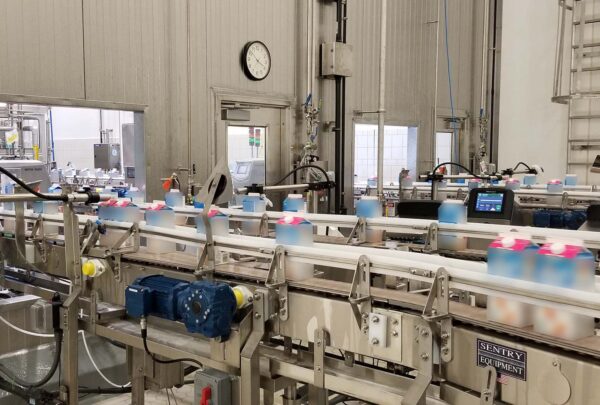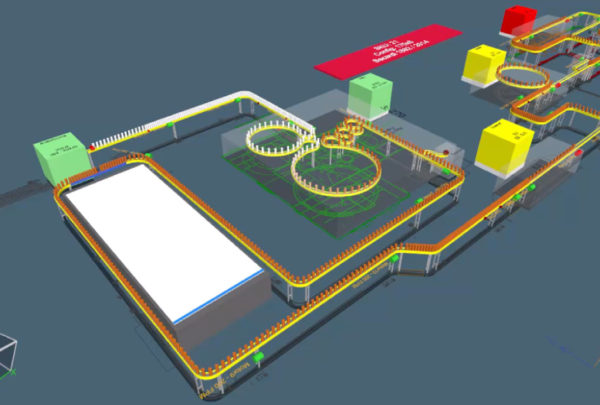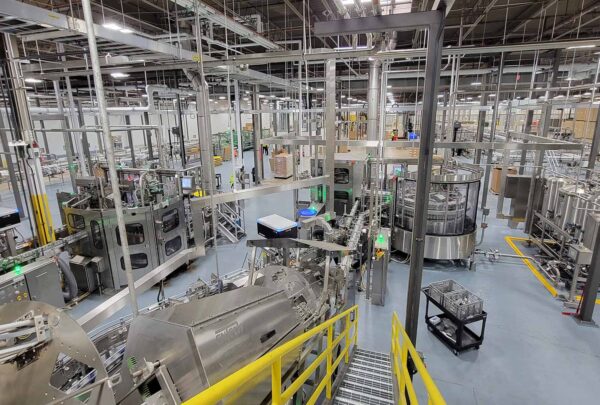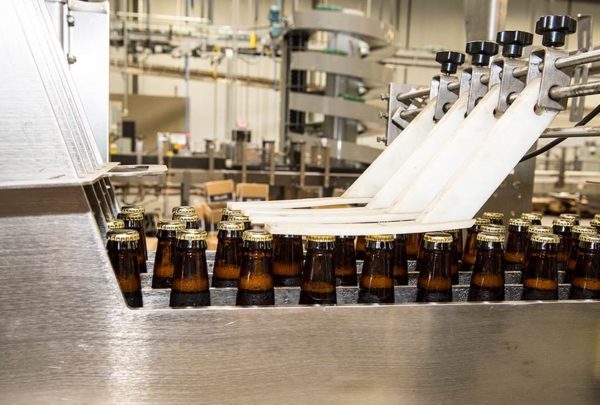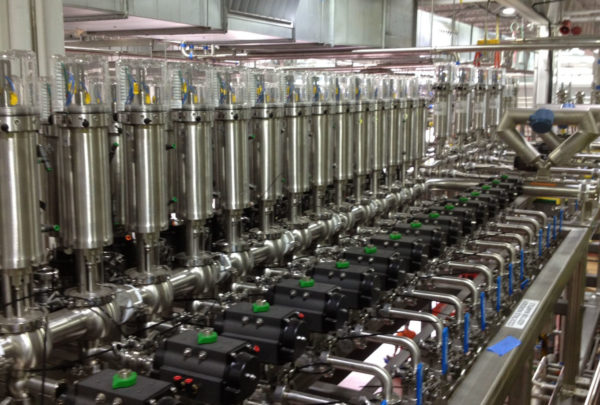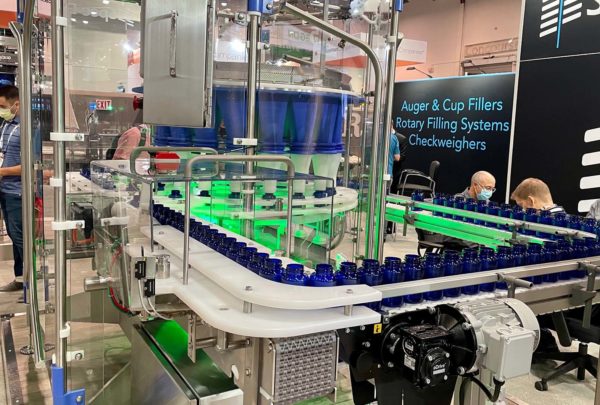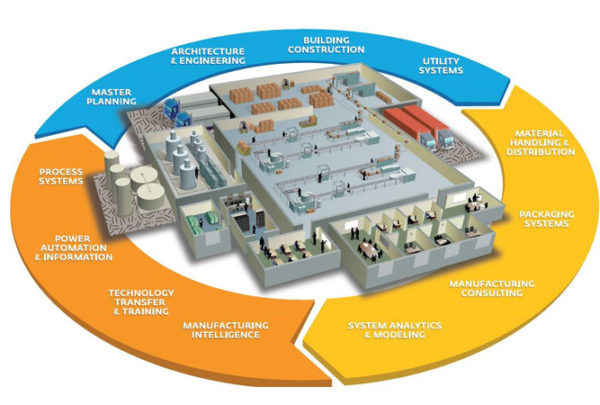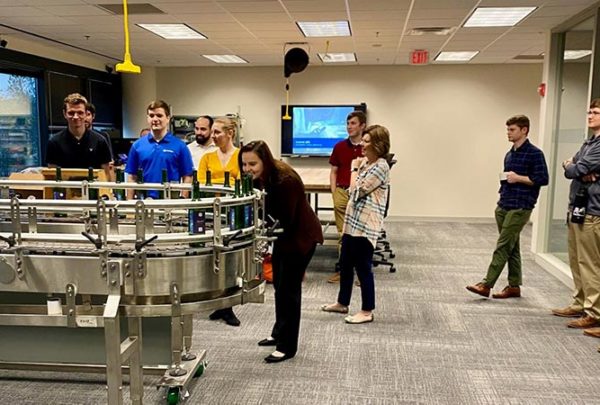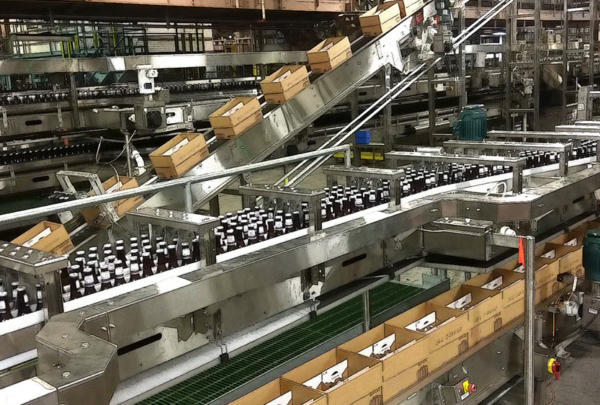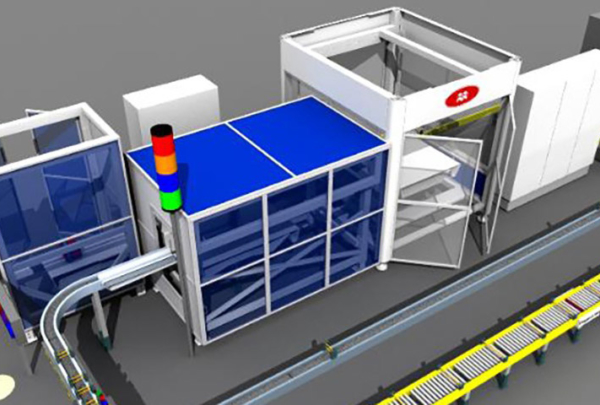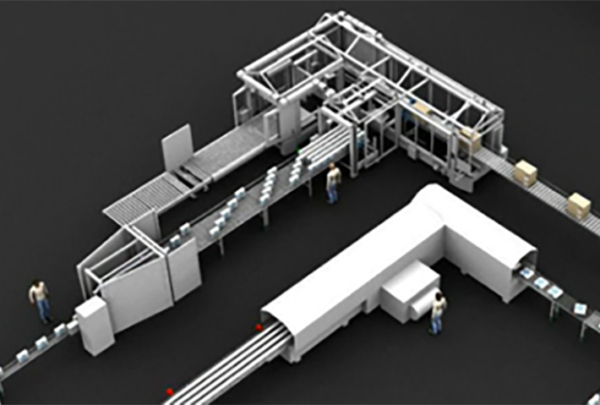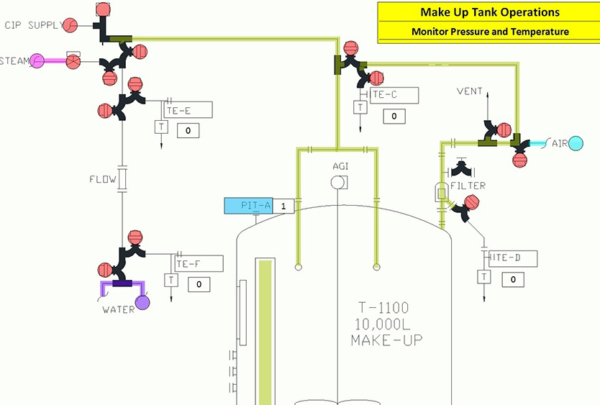What if shifts in consumer demand drive your organization to manufacture a new trending product? What if you need to build a new facility, but are unsure with where to locate?
Would you put your facility's effectiveness in jeopardy by making a decision before evaluating all possible solutions? You don't have to.
With advanced technology, you can make more informed, cost-driven decisions. Manufacturers are now using optimization tools to explore millions (or billions!) of possible scenario outcomes to find the optimal solution for their facility – which ultimately, improves their bottom line.
What is an Optimization Tool?
Before we define the tool, first, let’s define the term.
op•ti•mi•za•tion \ˌäp-tə-mə-ˈzā-shən\
noun
an act, process, or methodology of making something (as a design, system, or decision) as fully perfect, functional, or effective as possible.
As it relates to manufacturing, an optimization tool understands your system’s functionality in a mathematical representation, what we commonly refer to as a model. The model will:
- Define the tradeoffs and limitations of your system (Constraints); and
- Formulate how inputs interact to yield your overall goal (Objective)
Now, how can you apply this tool to your system?
Breadth of Applications
From generating daily production schedules to selecting the right location for a new facility, solutions generated from the tool impartially balance a network of tradeoff costs. As a result, it removes any organizational bias from valuable decisions because it provides a measurable, scientifically based best-outcome.
Optimization tools can also provide you with models that deliver quick answers. For example, if a shift in demand forecast occurs, you can be equipped with data to make calculated decisions during changing conditions.
Whether your company’s capital is at stake for upgrades or a new facility, optimization tools provide insight into key areas of the design process. Expansion and realignment initiatives also offer a unique opportunity to use these tools to evaluate and improve your process efficiencies for future growth.
Optimization tools help answer questions like:
- Where should we locate our next facility to minimize supply chain costs?
- How can we plan capital to meet current and future demand?
- Our company is growing – how can we realign to meet changing product demands?
Developing and Deploying Optimization Tools
Each optimization application is unique during organizational integration, however optimization deployments intended for periodic execution require information storage for inputs, such as:
- finished goods demands
- raw material availability
- product characteristics
- maintenance schedules
- changeover times
These tools range in complexity from an Excel-based User Interface (UI) to a seamlessly embedded ERP system plug-in. When possible, the model will fit directly into existing information streams.
When a decision is made on a less frequent basis, you can have a model delivered in a format in which extensive scenario testing would be possible. Continued developments in Operations Research and Cloud Computing will continue to create new optimization opportunities for solving larger, more complex models.
Why Optimization Tools?
The beauty of optimization lies with the guarantee that no optimal solution can be beat. Although the gap between a client’s current paradigm and true optimal will vary, the smallest improvements to a decision could yield a substantial cost and/or time savings.
Informed decisions demand precise insights from a multitude of possible solutions. Optimization tools provide you with a platform to make the most informed, cost-driven decisions for your future.
Are you interested in knowing the potential of your facility? Take a moment to contact our subject matter expert, Bela Jacobson to discuss how optimization tools can help inform decisions about the future of your company.




